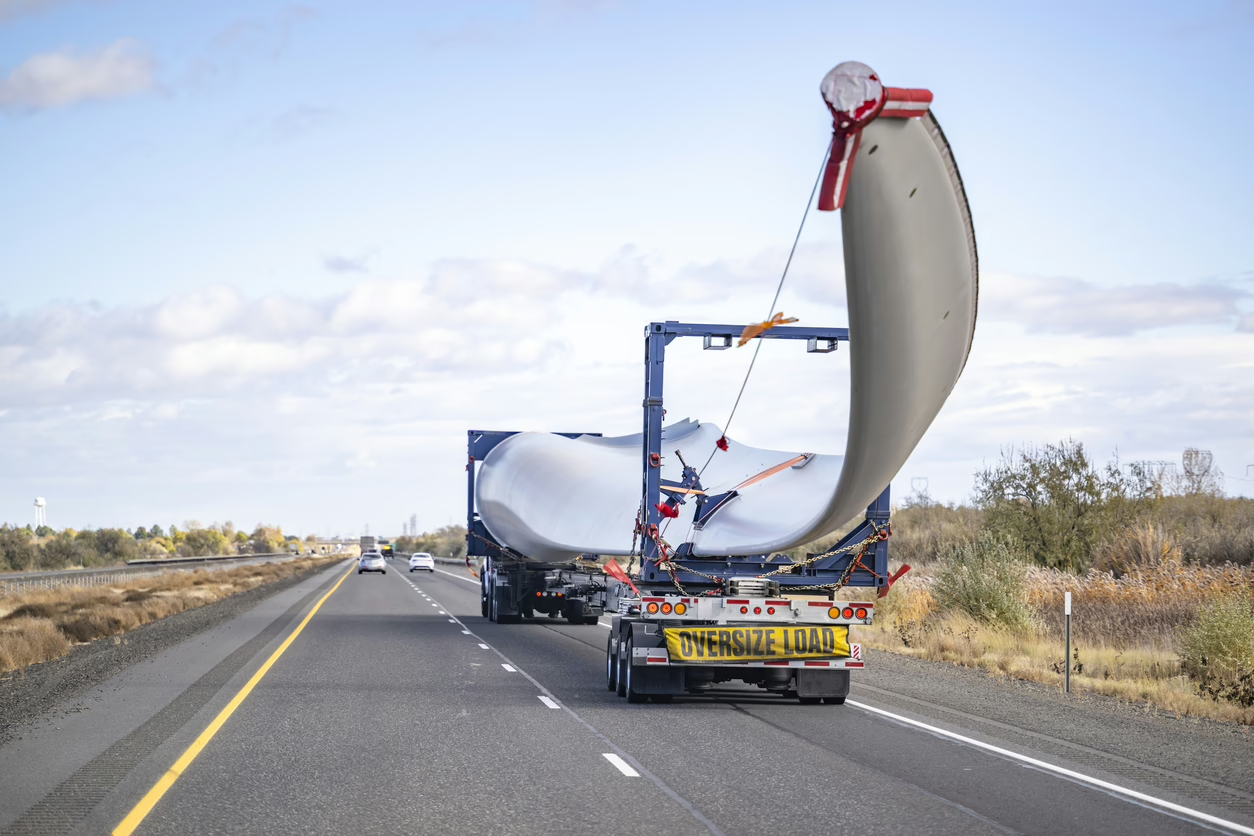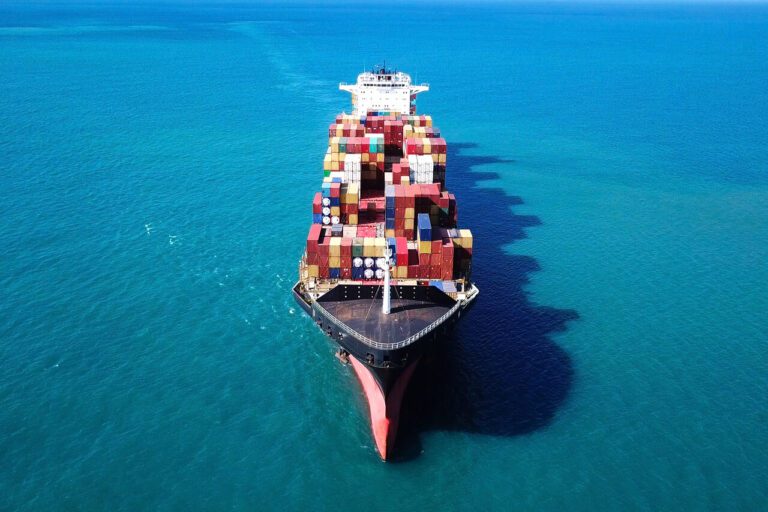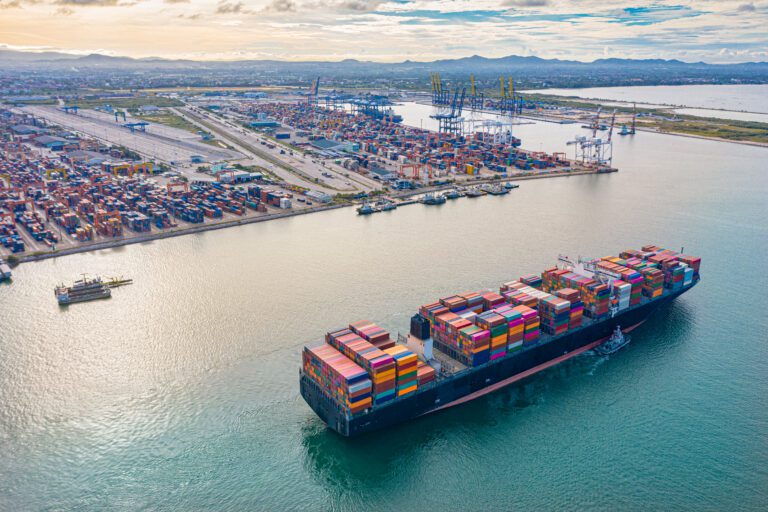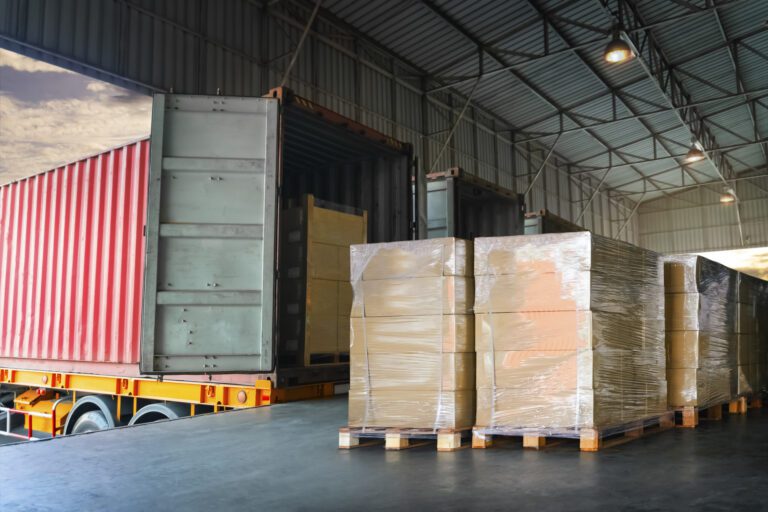
- Out of gauge cargo (OOG) refers to shipments that exceed standard container dimensions, such as heavy machinery or wind turbine components.
- Transporting OOG cargo requires specialized equipment like flat racks, open-top containers, or RORO shipping methods.
- Common challenges of OOG cargo include securing permits, planning routes, and complying with strict regulations.
- Proper planning, expert logistics providers, and durable packaging are essential for safe and efficient oversized freight transport.
- Industries like construction, renewable energy, and heavy manufacturing frequently rely on OOG cargo to deliver critical equipment.
In the world of logistics, not all cargo fits neatly into standard containers. Some shipments exceed the dimensions of standard containers and require specialized handling. This type of freight is known as out of gauge (OOG) cargo. For businesses in industries like construction, renewable energy, and heavy manufacturing, understanding how to manage OOG cargo is crucial for operational success.
What is Out of Gauge Cargo?
The out of gauge cargo definition refers to shipments that surpass the dimensions of a standard shipping container, typically 20 or 40 feet in length. These oversized goods extend beyond the container’s width, height, or length, making them unsuitable for conventional transport methods. Examples of OOG cargo include heavy machinery, wind turbine blades, construction equipment, and large industrial components.
Unlike standard freight, OOG cargo requires meticulous planning, specialized equipment, and experienced handling to ensure it reaches its destination safely and efficiently.
Examples of OOG Cargo
To better understand OOG cargo, consider the following examples:
- Heavy Machinery: Bulldozers, cranes, and other construction equipment often exceed standard container dimensions.
- Wind Turbines: Large blades and nacelles are typically too oversized for regular containers.
- Industrial Equipment: Items such as transformers, generators, and oversized pipes demand unique shipping solutions.
- Agricultural Machinery: Tractors, chippers, and other large farming equipment often qualify as OOG cargo due to their size and dimensions.
These items are essential for large-scale projects, making their secure and timely transport a top priority.
Challenges of Transporting OOG Cargo
Shipping OOG cargo involves distinct challenges, including:
- Specialized Equipment: Transporting oversized freight often requires flat racks, open-top containers, platform trailers, cranes, or heavy-lift equipment.
- Permits and Regulations: Specific permits and strict regulations are often necessary for road and port transit.
- Route Planning: Assessing routes to ensure safe passage through ports, roads, and bridges is critical.
- Cost Implications: Due to specialized equipment and handling, transporting OOG cargo is typically more expensive than standard freight.
The Importance of Specialized Handling
Managing OOG cargo requires the expertise of seasoned logistics professionals. Here’s why specialized handling matters:
- Safety: Proper fastening and stabilization reduce the risk of damage or accidents.
- Efficiency: Experienced teams and the right equipment streamline the shipping process.
- Compliance: Logistics providers ensure adherence to permits, customs regulations, and transport requirements.
Collaborating with a trusted partner guarantees that oversized and irregularly shaped freight is handled with care and precision.
Best Practices for Shipping OOG Cargo
To ensure smooth and efficient transportation, businesses should adopt these best practices:
- Plan Ahead: Account for route restrictions, permits, and equipment needs early in the process.
- Work with Experts: Choose logistics providers who specialize in OOG cargo and understand oversized freight intricacies.
- Leverage RORO Shipping and Breakbulk Solutions: For vehicles, machinery, and oversized freight, consider RORO shipping or breakbulk methods as efficient solutions for handling cargo that cannot fit into containers.
- Invest in Proper Packaging: Use packaging that protects against environmental conditions and handling stress.
- Communicate Clearly: Share detailed specifications of your shipment with your logistics provider to ensure precise planning and execution.
Partnering with Experts for OOG Cargo Solutions
Out of gauge cargo is essential for industries that rely on large-scale equipment and machinery. Understanding the OOG cargo definition, its unique challenges, and best shipping practices ensures oversized freight reaches its destination safely and efficiently.
Allison Shipping specializes in handling out of gauge cargo with unmatched expertise. From detailed planning and the use of specialized equipment to leveraging RORO shipping for maximum efficiency, we ensure your oversized freight arrives intact and on time. Contact us today to streamline your OOG cargo transportation needs and keep your projects moving forward.
Interested in shipping your freight internationally? Get Pricing on your next shipment today.


